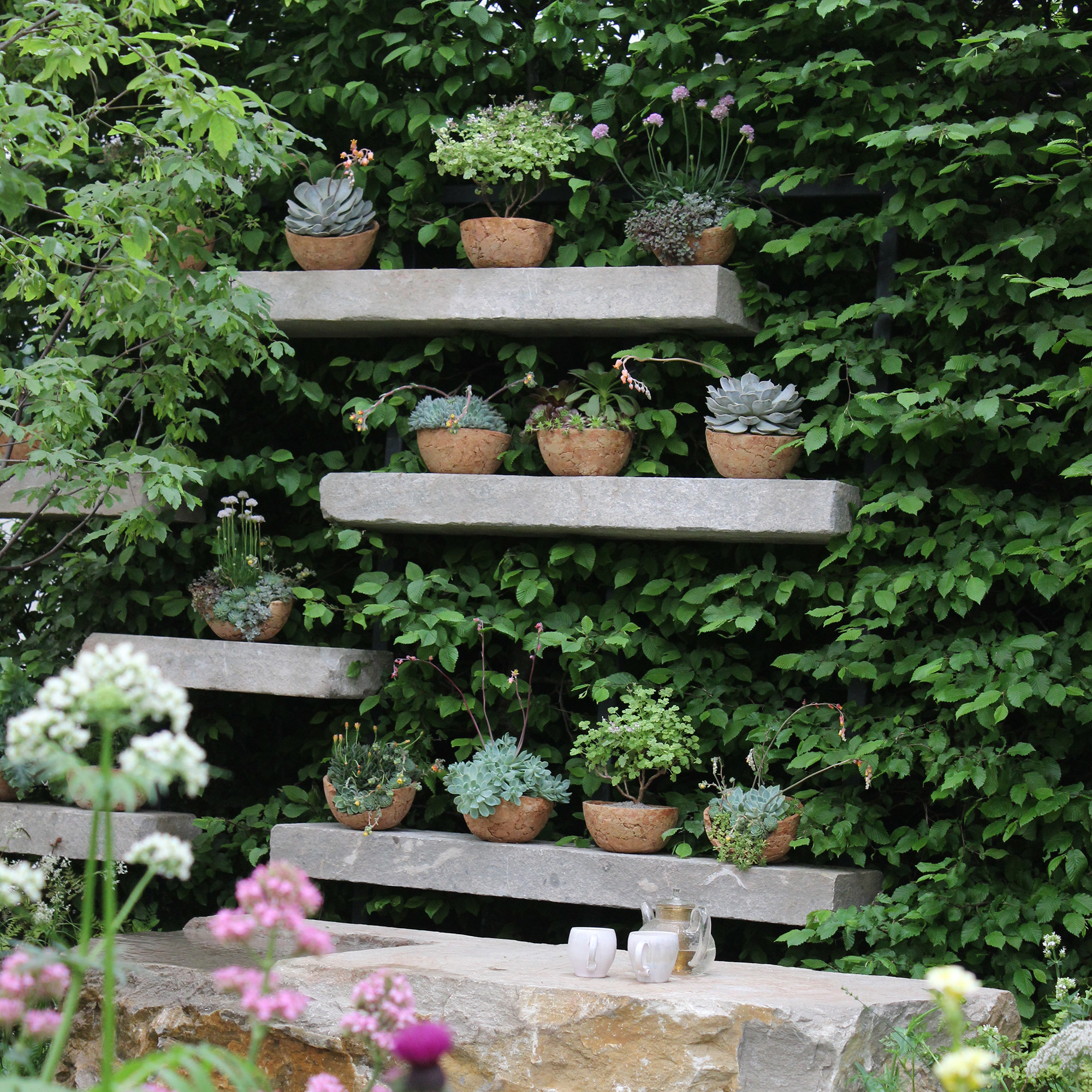
Succulents are easily one of our favourite plants. They’re relatively low maintenance, don’t take up a lot of space and are one of the most popular house plant ideas. But, if you’re anything like us and seem to pick up a new succulent plant every time you visit the garden centre, the costs can soon add up. However, if you know how to propagate a succulent, you need never buy another plant again!
The budget friendly garden idea essentially allows you to grow new plants for free or considerably less than purchasing them. Succulents are also the perfect plant for new gardeners or those with little to no outdoor space. Or alternatively, if you have a sprawling garden or space on your balcony or patio, there are plenty of great succulent garden ideas that you can take advantage of.
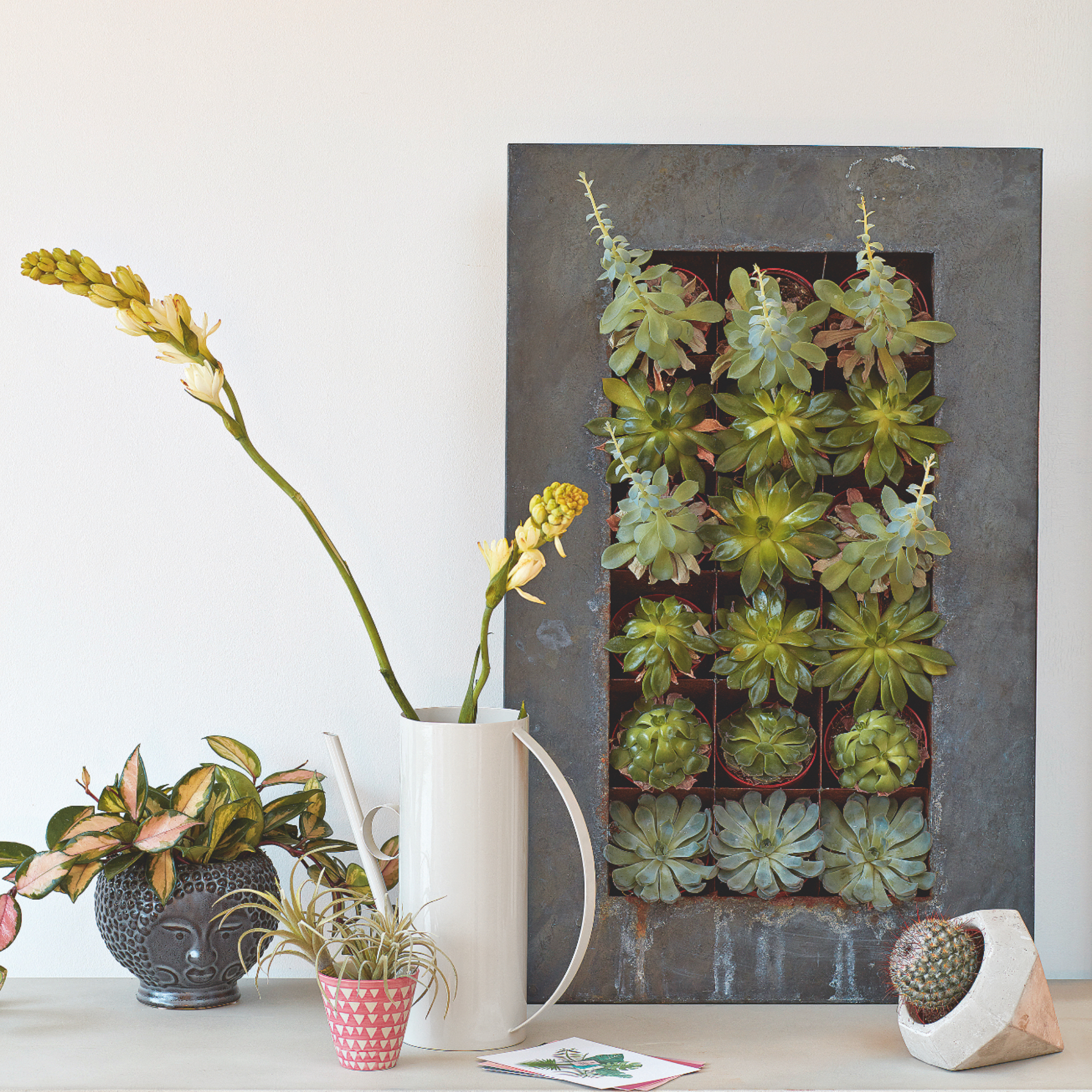
How to propagate succulents
‘Propagating succulents is a great way to expand your collection and share your favourite plants with your friends and families,’ affirms Greenhouses Direct's resident gardening enthusiast, Andrew White.
‘Propagating succulents can be done by several different methods depending on the type of succulent you have, including leaf cuttings, stem cuttings and division.’
In terms of planting, each stage is quite similar. However, depending on the method that you choose, there are a few different steps to follow, which is why the experts are sharing their top tips for how to propagate succulents depending on your chosen method.
What you’ll need
- A healthy succulent plant, you can buy succulents online and in garden centres
- Succulent soil or free-draining compost; try the Miracle Gro Premium Cactus, Succulent & Bonsai Compost from Amazon
- Small pots and containers with drainage holes
- Secateurs, a sharp knife or scissors
- A dibber; we like this Spear & Jackson 4062NB Elements Dibber from Amazon
- A water mister bottle; make an ordinary plant mister much more aesthetically pleasing with this Sanctuary Green Plant Mister from Dunelm
How to propagate succulents from leaf cuttings
‘Many succulents are really easy to propagate from just the leaves,’ reveals Myjobquote.co.uk’s gardening expert Fiona Jenkins.
‘Leaf propagation in succulents is best for succulents with fuller, fleshier leaves. It's vital that when you take the leaf, you take the full leaf. The leaf must be whole or the process won't be successful,’ says Steve Chilton, garden expert at LeisureBench.
It may also be worth taking one leaf from each specific plant, instead of taking multiple leaves from the one plant.
‘For rosette-like plants such as Echeveria agavoides and Echeveria elegans, you can simply snap them off, making sure you get the whole leaf,’ Fiona remarks.
‘In order to avoid tearing or ripping the leaf, hold it at the base and gently rock it back and forth until it detaches. The base should still be intact once you have taken the cutting. If the base isn't intact it won't work.’
You’ll also want to ‘avoid shrivelled, yellowed, black, or brown leaves, and don’t be afraid of bringing some of the stem with the leaf, but ensure you have made a clean break, leaving no part of the leaf on the stem,’ according to William Mitchell of Sutton Manor Nursery.
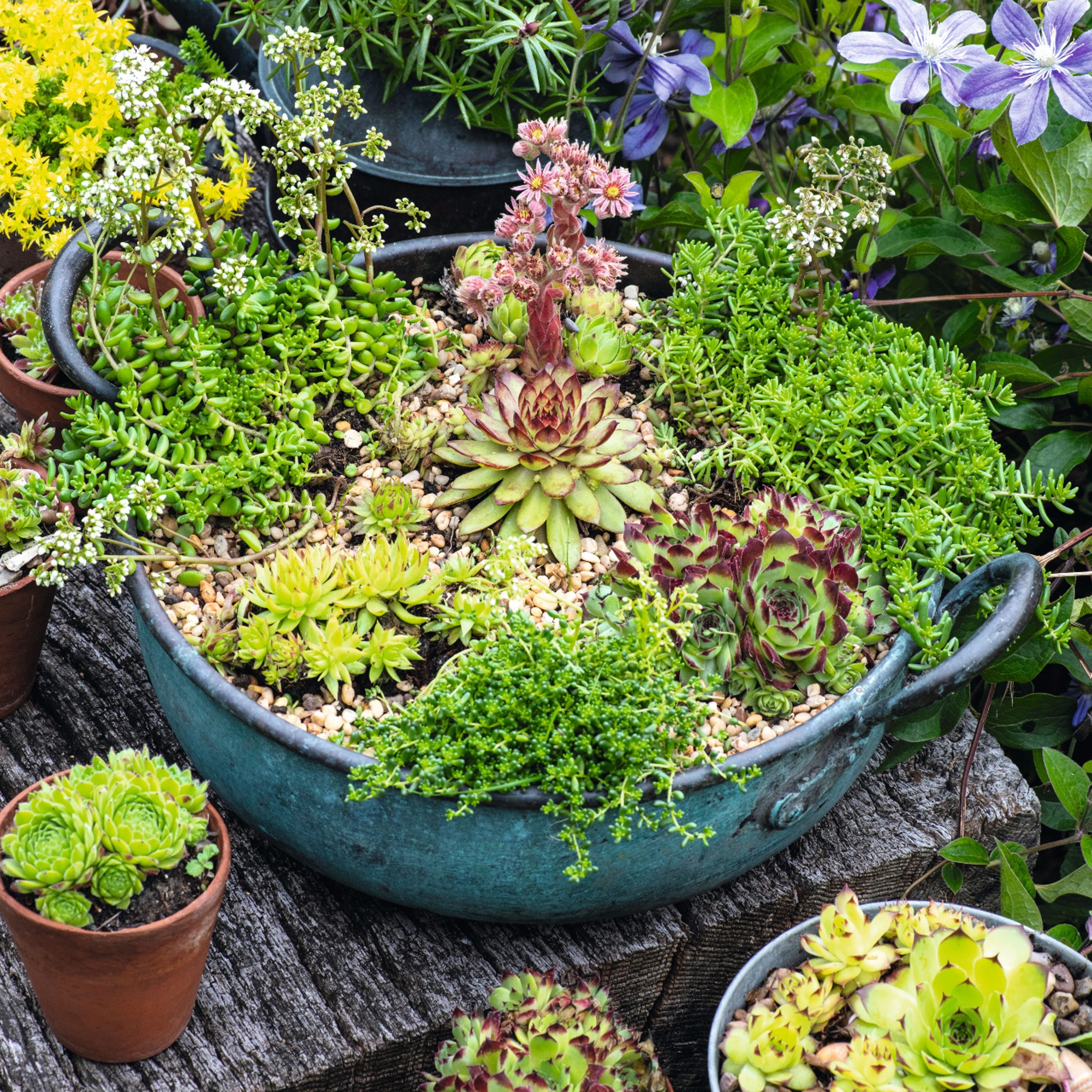
‘Once you have cut your leaf, allow it to dry out and scab over for between two and four days, depending on how hot the weather is and how much sunlight the leaf is exposed to. This process will help to avoid root rot before watering,’ William continues.
Then it is time to plant. Take your leaf or leaves and put them on top of a pot of fine compost or soil, while leaving a bit of space between each one to allow for root growth. At this stage, the leaves don’t need a lot of watering. All you need to do is mist the leaves with water when you notice that the soil is starting to get dry. ‘The leaf-break should heal and roots will start to grow. Once the baby plants start to appear, you can pot each one up separately,’ says Fiona.
Lightly water these baby plants to give them some much-needed moisture. ‘Once your baby succulent plants look big enough to handle, you can transfer each one to its own pot of moist compost. Use a dibber to make a hole and gently fill the compost in around the roots. Water sparingly as your baby plants grow,’ Fiona concludes.
As these roots will be very delicate, take care when transferring them over so that you don’t break or tear them.
How to propagate succulents from stem cuttings
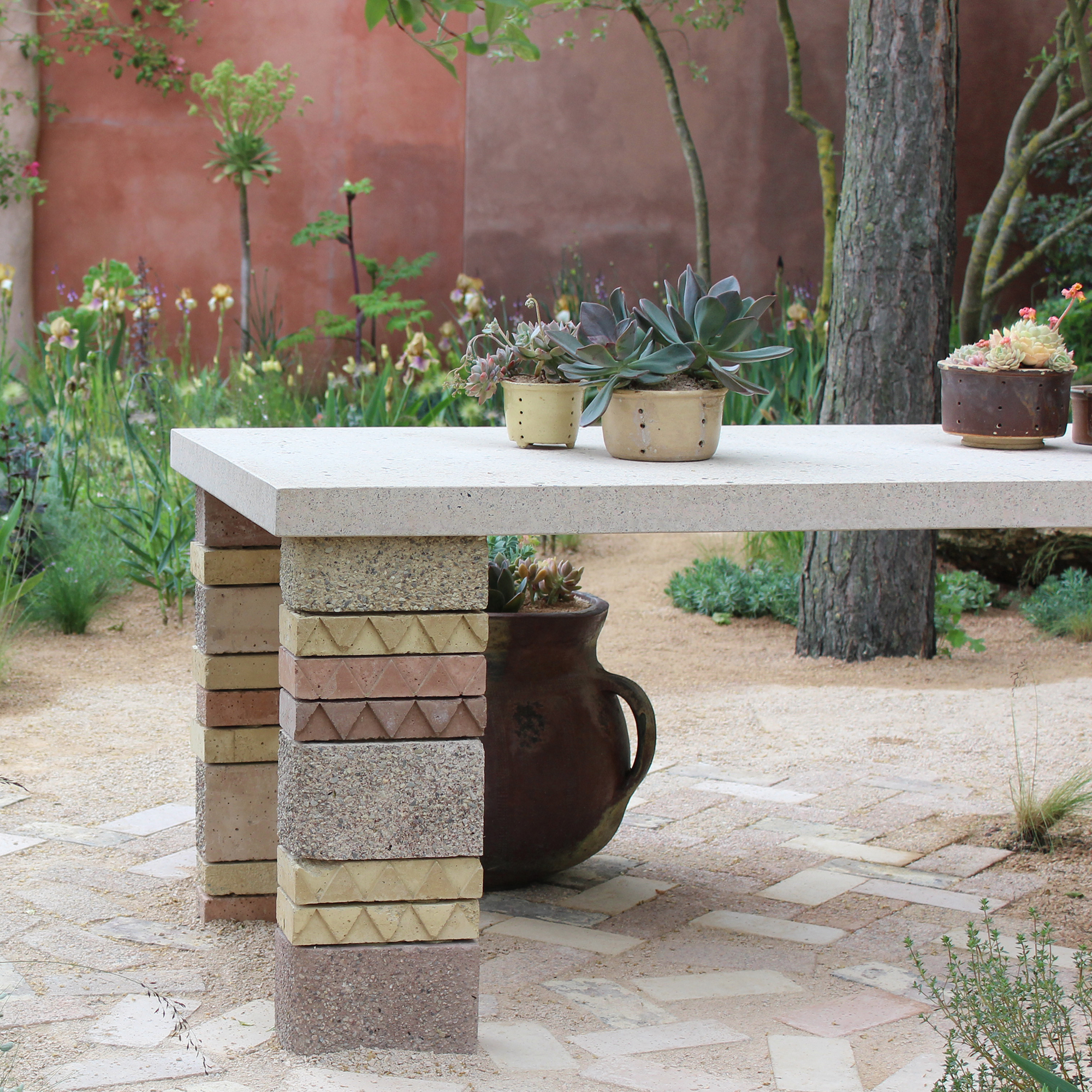
Again, ‘it is essential you select a healthy-looking plant when attempting to propagate succulents from stem cuttings,’ William confirms. Use a sharp pair of clean scissors or secateurs to cut a stem. ‘You can either cut off the top of the succulent stem or a new offshoot, either will work just fine.’
In a similar vein to propagating with leaves, you’ll need to let the stem dry out and scab for a few days before you go on to remove any leaves from the bottom two inches of the stem, before planting. Once you are ready, place the stem into a small container filled with succulent soil, burying them in around 1-2 inches into the soil. And once roots start to form, you can repot it into a bigger container or pot.
‘Avoid watering your cuttings until some roots start to grow and show through the soil. Once they do, make sure you water the succulents thoroughly, but allow the soil to dry between each watering. It usually takes two to three weeks for succulent cuttings to root, but this all depends on which method you have used and which succulent,’ Steve announces.
Can you propagate succulents from division?
‘It is also to propagate succulents through division,’ William proffers. ‘Firstly, you must choose a mature plant that has produced offsets or ‘pups’; the small plants that grow around the base of the main plant.’
‘Gently remove the mother plant from its pot or dig it out if it's planted in the ground while taking care not to damage the roots. You then have to carefully separate the offsets or pups from the mother plant using either your hands, a clean, sharp knife, or garden shears. Ensure that each offset has its own roots attached,’ he adds.
After allowing the pups or clusters to dry and harden, place each offshoot in their own pot, ensuring that the roots are fully buried in the soil and water sparingly.

Where to position succulents
Since succulents originate from dry, arid conditions, they enjoy a lot of sunlight. But when a succulent is in its infant stage, you do want to be careful not to expose it to too much sun as you don't want its leaves to become scorched.
One they have matured, ‘placing your succulents near or in front of a window is a great way to ensure they receive lots of sunlight throughout the day,’ suggests Andrew.
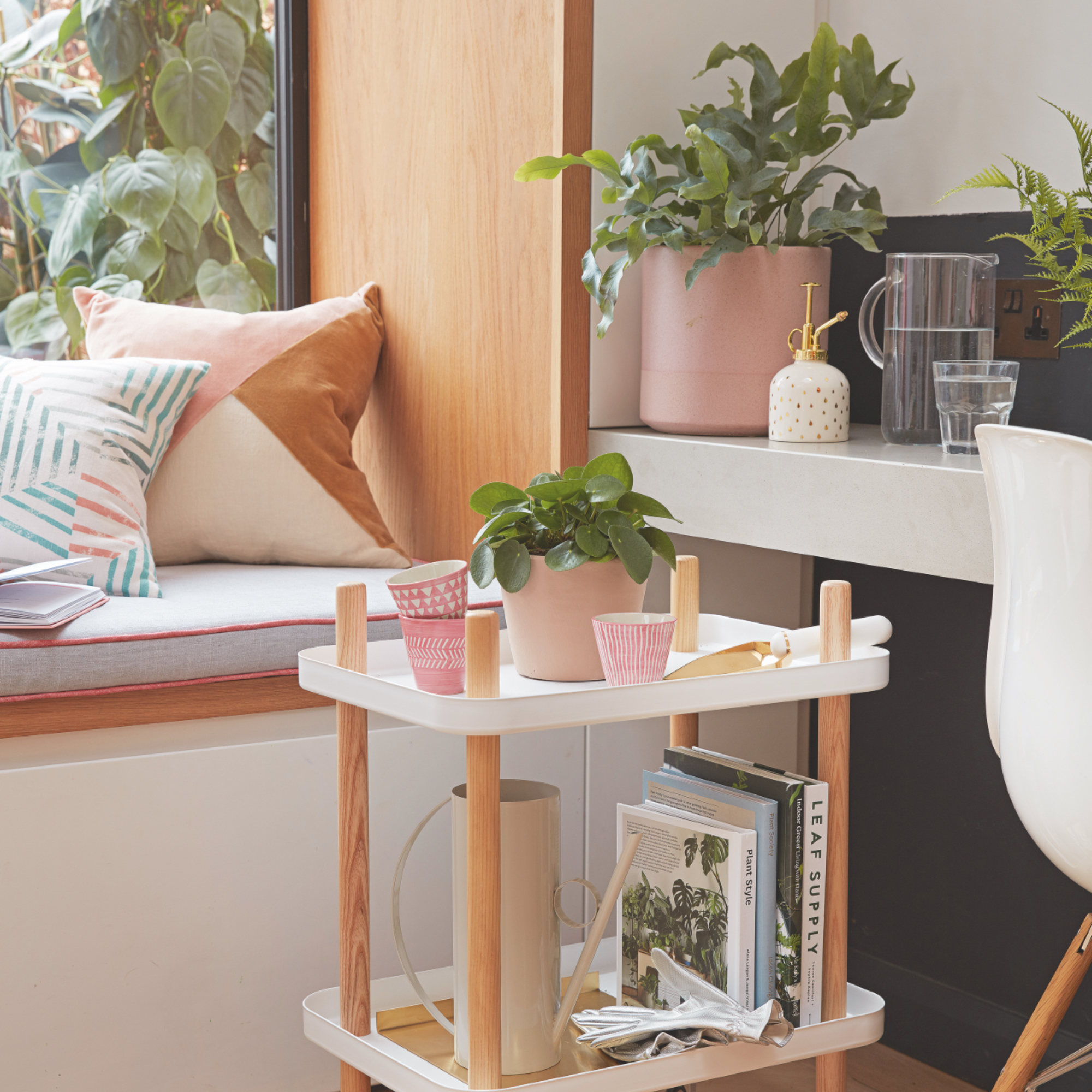
FAQs
How often should I water succulents?
This varies depending on whether you position your succulents indoors or outdoors, however, the general rule of thumb for how often to water succulents is once every couple of weeks. You want to make sure that the soil is dry before watering to avoid root rot.
However, don't make the succulent care mistake of underwatering them. Succulents can take a while to show when they're being under or overwatered, so always use the soil as your guide rather than the leaves on your succulent.







